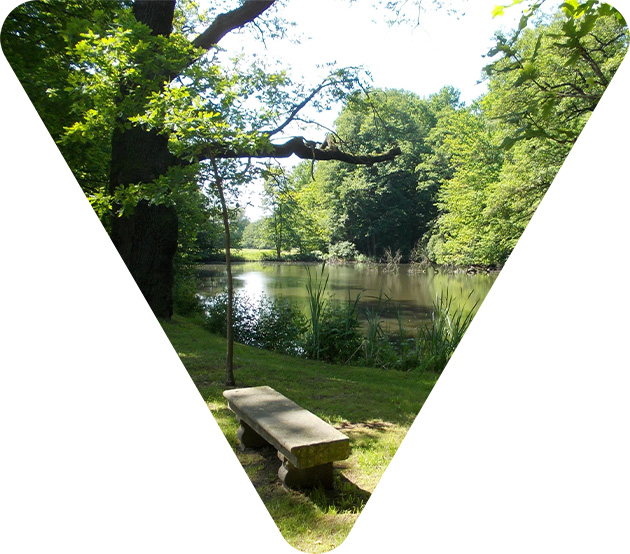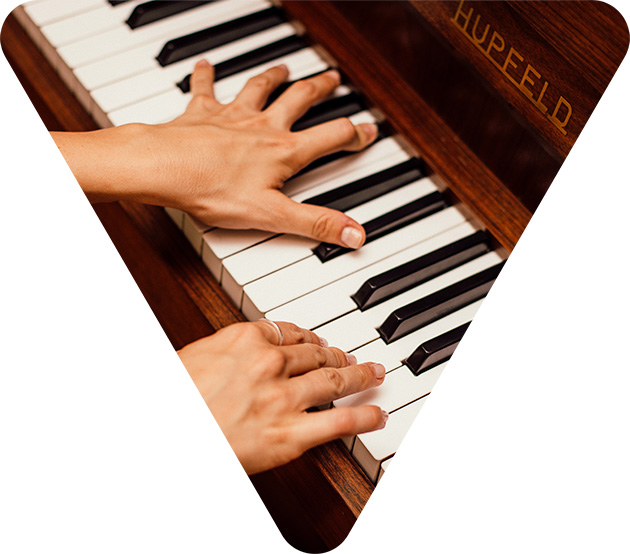The Zwickau rural district is in Saxony’s westernmost corner. Bordered to the east by Chemnitz and the Ore Mountain district, to the south by the Vogtland district, to the north by the Central Saxony rural district and to the west by the state of Thuringia, it is the smallest of the ten Saxon rural districts, but at the same time the most densely populated.
An area of just 40 by 37 kilometres holds 33 municipalities, including 14 towns. The biggest, with a population of more than 91,000, is Zwickau, which gives the district its name; the next largest is Limbach-Oberfrohna.







